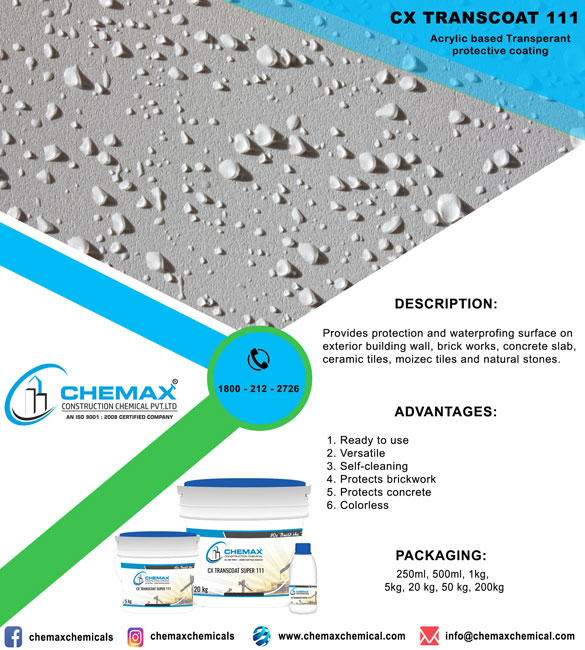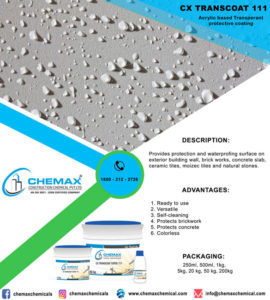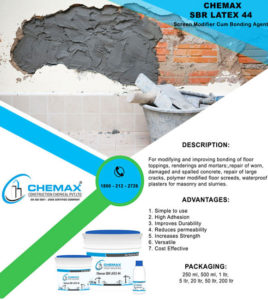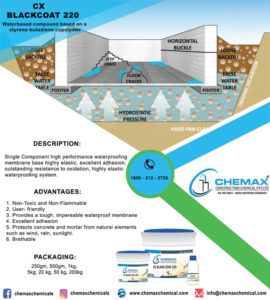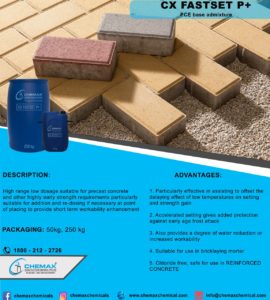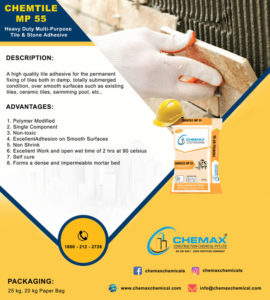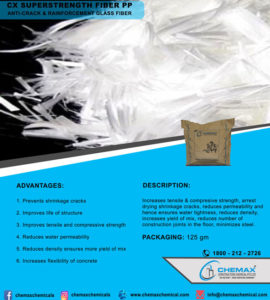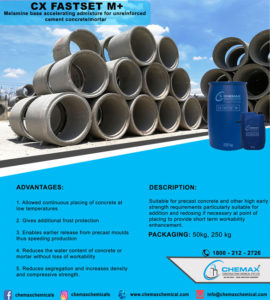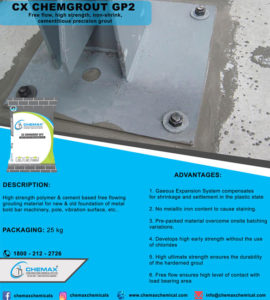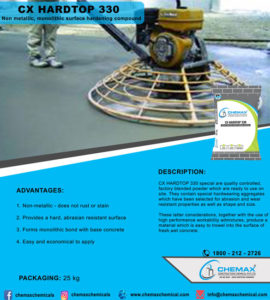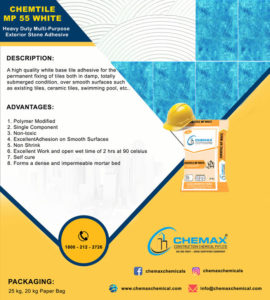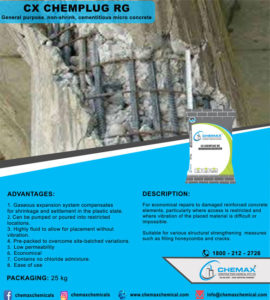Why Is The Waterproofing Of All RCC Structures Important?
Construction sites with adequate drainage and high-ground topography have been used up at a number of locations across the world. As a result, the only places that are presently practical and accessible are those that are low-lying and close to flood plains, swamps, lakes, rivers, etc.
Any water body we enter causes the volume of water pressing down on us to increase as we go deeper. Pressure increases as we sink, and vice versa. With the advancement of development, this high water pressure in low-lying locations offers builders the possibility of larger water heads. Additionally, the increased pollutants brought on by the rising water levels have a negative impact on the concrete and masonry components of these buildings and construction sites. Here, it’s crucial to emphasise that this only affects structures located near the water. Concrete deteriorates with time and loses calcium dissolved ions due to water infiltration and other pollutants. This is among the main justifications for why waterproofing is crucial in RCC structures. In below-grade locations, RCC structures must be waterproofed to assist avoid structural damage and water incursion.

In below-grade RCC constructions or concrete surfaces, Waterproofing Solutions for Roofs are advised for a number of reasons. The first is that it aids in keeping moisture out of a building. Additionally, it guards against water intrusion, which can weaken a building’s structure or cause corrosion to the concrete and embedded steel, respectively.
Concrete is a porous substance by nature. This indicates that water vapour, hydrostatic pressure, or capillary action can all easily travel through it. Additionally, structural flaws, badly constructed or planned joints, minor or huge fissures, and other flaws can also be penetrated by water. The deterioration of an RCC structure design caused by interior and external pollutants common at construction sites can be prevented through waterproofing.
Concrete’s Susceptibility To Chemicals:
Concrete’s alkalinity, reactivity, and porosity make it incapable of withstanding chemical exposure. Different types of concrete have different levels of gas and liquid permeability. It is important to recognize that even the best concrete has some degree of permeability. Additionally, permeability swiftly rises when the water-to-cement ratio rises and the moisture-curing time decreases. When fluids enter concrete, they may cause aggregation, chemical reactions, or embedded steel in RCC constructions. Additionally, the system can be harmed by the leaching of cement hydration chemicals or the deposition of crystalline reaction products or unwanted crystals.
Doors, Cracks & Points Of Infiltration: As was already noted, the primary goal of waterproofing RCC constructions is to prevent moisture damage and safeguard the structural elements of the concrete as well as any embedded reinforcing steel that may be present. If concrete’s integrity is preserved, it can continue to be waterproof. Nevertheless, it may crack both before and after hardening. All of the cracks become entry points for moisture at this point. Concrete may also crack before to hardening due to construction movement, drying shrinkage, or early frost damage. After hardening, it may break as a result of vibrations, seismic forces, settlement, excessive loads, or deflection due to soil movement.
Concrete is a porous substance, making it vulnerable to moisture intrusion in many locations. All concrete joints, expansion joints, and control joints are examples of these moisture penetration locations. Additionally, apertures can be found at tie rod holes, internal drains, structural connections, and penetrations.
Treatment Of Surface Defects:
The quality of the surface can have a big impact on how well a waterproofing system works. To provide continuous support for the waterproofing material, smooth surfaces devoid of depressions, holes, honeycombs, fins, dirt, dust, oils, bumps, and other pollutants are necessary. Good adhesion between the substrate and the membrane must also be ensured. Additionally, unsupported material may distort, extrude, or burst due to water pressure
The Need For A Successful Waterproofing System
Because moisture can easily seep into concrete, waterproofing and leak prevention are essential in populated and sensitive locations. The state of concrete roads and driveways in modern society is one of many evidences of the dangers of moisture infiltration. The concrete surface must be properly prepared if a waterproofing system is to be successful. Before applying a Waterproofing Material on Roof or Terrace , experts must fix any surface flaws in the concrete.
In order to prevent conflicts between different trades, architects must also provide suitable concrete surface instructions to the concerned waterproofing contractors before the original design. In the end, this will provide a waterproofing system that works well and an RCC building with good structural integrity.
Conclusion:
The development of a comprehensive range of waterproofing solutions utilised in different residential and commercial construction applications is carried out by CHEMAX, a leading waterproofing manufacturer in India.


